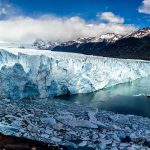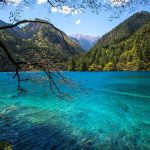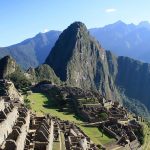INDIGENOUS PEOPLE’S INVOLVEMENT
IN WORLD HERITAGE
How are indigenous peoples disproportionately affected by
World Heritage sites?
A study carried out by the Expert Mechanism on the Rights of Indigenous Peoples (EMRIP) indicated that “the establishment of World Heritage sites, or other forms of protected areas, often have a negative impact on indigenous peoples because, often, their ancestral rights over their lands and territories are not respected or protected.”
The categorization of World Heritage sites into distinct categories of either “natural” or “cultural” present further problems for indigenous peoples. Natural World Heritage sites in which indigenous peoples live and call home are also fundamentally cultural. Culture and nature, peoples and land, are closely intertwined. In fact, over a third of World Heritage Sites designated as “natural” are home to indigenous peoples with distinct cultures.
Ultimately, the IIPFoWH recognizes that for millennia, indigenous peoples have been stewards and custodians of many of these landscapes, seascapes, and sites. We welcome the opportunity to engage further in the successful implementation of the Convention and the long-term conservation of the world’s outstanding cultural and natural heritage.
How are indigenous peoples disproportionately affected by
World Heritage sites?
The UNESCO World Heritage Convention (1972) was not designed with the notion of human rights or participation by custodian communities. Yet, numerous indigenous territories are located on what are now World Heritage Sites.
Through persistent indigenous activism and lobbying, indigenous peoples have been engaging with the work of the World Heritage Convention, Committee and the Advisory Bodies for decades. They have achieved monumental successes, introducing new norms with regards to human rights, indigenous knowledge, land, resource and tenure rights, the interface of culture and nature, and the capacity of indigenous peoples to act as custodians, owners and decision-makers. It would take them more than three decades before the UN General Assembly adopted the UN Declaration on the Rights of Indigenous Peoples, with UNESCO agreeing on its own policy on engaging with indigenous peoples only in 2017, with the creation of the IIPFWH.







